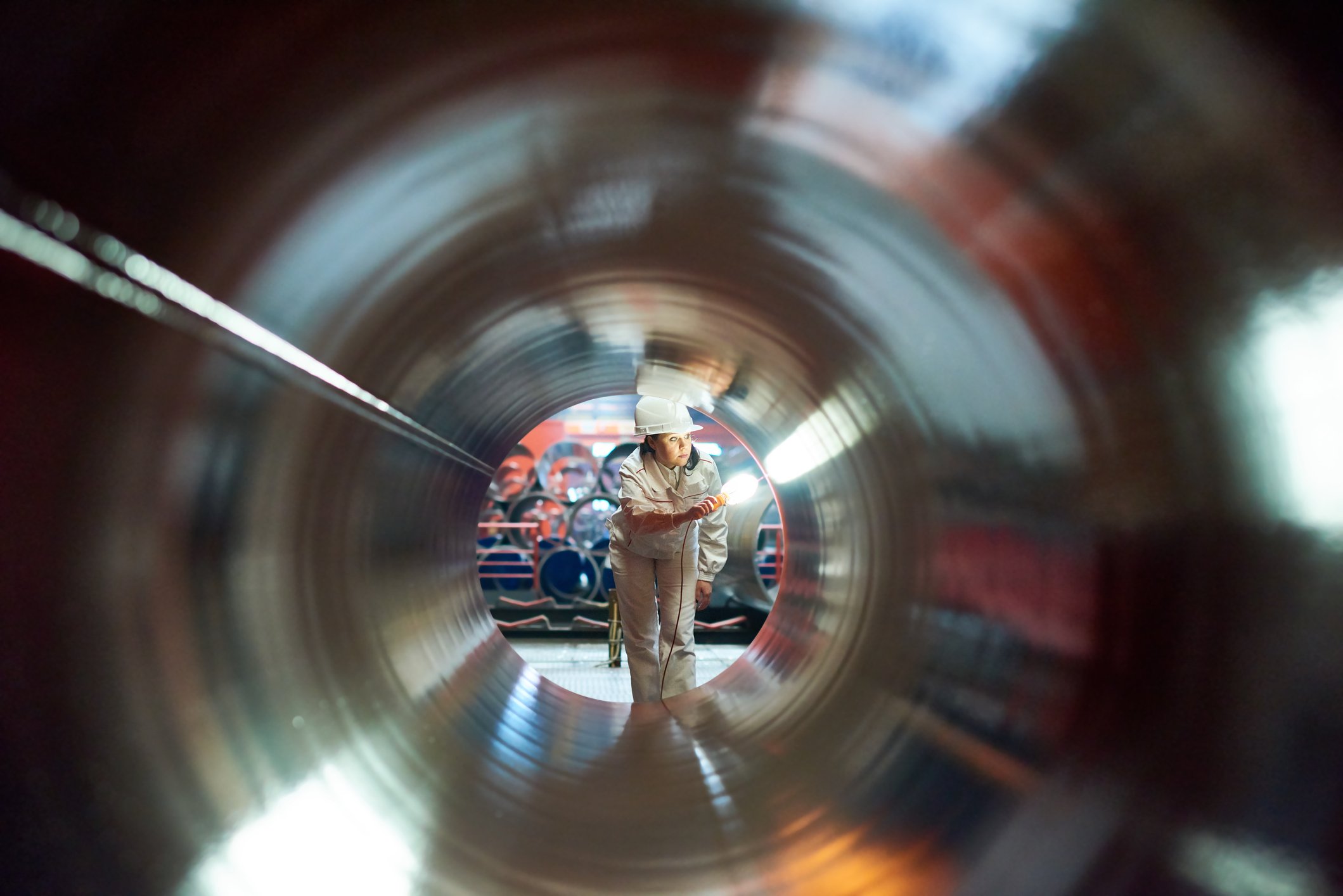Three chemical facilities have been rocked by fatal explosions this spring. The first occurred on April 17 when a fertilizer plant exploded in West, Texas, leveling the town and happening with such great force that investigators could not determine the exact cause of the blast. There simply wasn't anything left to examine. The second occurred on June 13 in Geismar, La., when a petrochemical facility owned by Williams Companies (WMB 1.07%) erupted during an expansion. The third took place one day later at an ammonia fertilizer plant owned by CF Industries (CF +0.67%). In all, at least 16 people were killed and over 300 were injured.
All three facilities employed thermochemical reactions to produce useful chemicals for everyday life, including fertilizer and olefins used in various applications ranging from synthetic rubber to polyesters. The safety track record of these industries has been remarkable over the last 60 years and numerous mechanisms have been developed to ensure the safe production of chemicals. But we can do better. The future of chemical production figures to be much safer with synthetic biology gradually maturing to industrial levels of production. Fool.com contributor Maxx Chatsko explains how in the following video.






